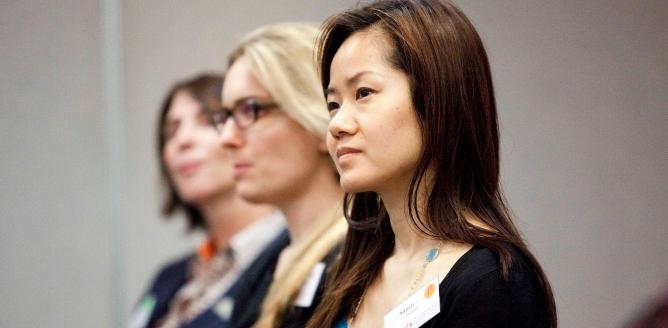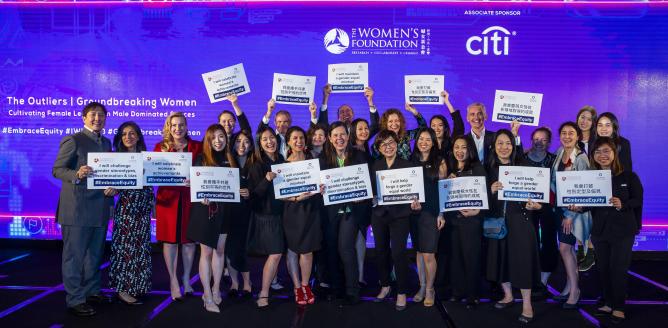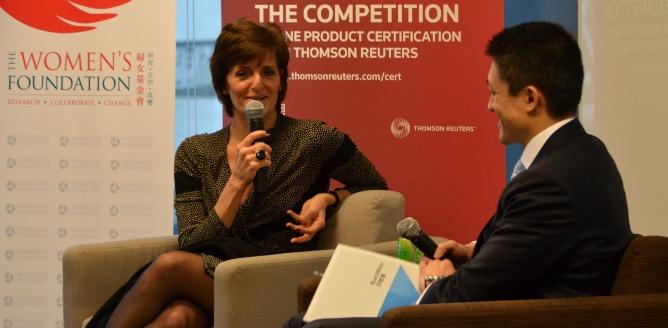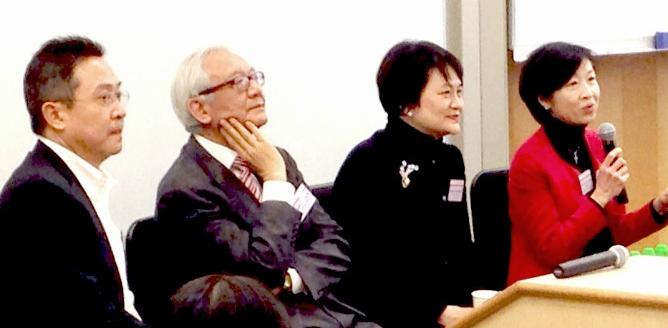"Gender equality and women’s rights are essential to getting through this pandemic together, to recovering faster, and to building a better future for everyone." - UN Secretary-General António Guterres
With a new and worrying surge in local cases of COVID-19, many of us - where possible - are back to working from home (WFH). This is an important public health strategy to help contain transmission of the virus. Although not a guarantee, it is also one of a range of flexible working options that can support women’s advancement in the workplace.
The past 6 months have taught us much about the pros and cons of working from home, showing organisations that a more adaptable approach is equally productive and even has advantages for business. However, there are several critical issues to be aware of - and to take clear action on - if WFH is to be successful.
While women and ethnic minorities report a reduction in microaggressions when working from home, there is a danger that inappropriate behaviours that do take place are not witnessed or reported. Women working remotely may be more vulnerable to bullying and harassment, and this is compounded by the fact that WFH can stifle sexual harassment complaints. Without bystanders or informal, in person channels of communication, inappropriate behaviour may escalate before women report it. Employers need to reiterate expectations around behaviour and ensure online channels of communication, both formal and informal, are open and well used.
While studies have shown that increased flexibility improves the retention of women at lower management levels, it does not necessarily advance women into senior roles without other holistic support measures in place. Indeed, WFH can negatively impact women’s careers through an increase in domestic work and less access to vital informal networks and critical assignments. Some women have the added risk of domestic violence and abuse.
There is also a new form of ‘presenteeism’ that has troubling implications for women. Many organisations have adopted a partial WFH policy, whereby a portion of employees work remotely and a portion remain in the office. Because of care responsibilities, women are more likely to be among those working from home. They may miss out on crucial informal conversations that take place in the office and there are concerns around whether being seen at work will confer greater status and privilege going forward.
But there are ways to ensure work from home is not a barrier to the advancement of women employees. Employers should understand that WFH does not occur in a vacuum nor is it a quick win solution to advancing women. Examining data to understand how your organisation and its unique culture helps or hinders women and enables WFH is a good first step. Avoiding unconscious bias, at home and at work, is crucial as is training for managers to carry through this approach successfully.
It is clear that for WFH to work for women, we need to be aware of these issues and actively address them through clear communication, policies at work that are reviewed and reiterated in the context of remote working, and agreements at home based on an equal division of labour.
The pandemic has forced us to alter many aspects of how we work, but it should not mean that we fall behind in our efforts to achieve gender equality at our organisations. Let’s tackle WFH-specific challenges facing women and do all we can to ensure we are nurturing, developing, and maximising all the talent in our workforce.
Get in touch at Fiona.Nott@twfhk.org.
PS We're pleased that Hong Kong’s statutory maternity leave has been extended to 14 weeks. TWF has long advocated for parental leave, and this extended maternity leave is a positive interim measure.





















